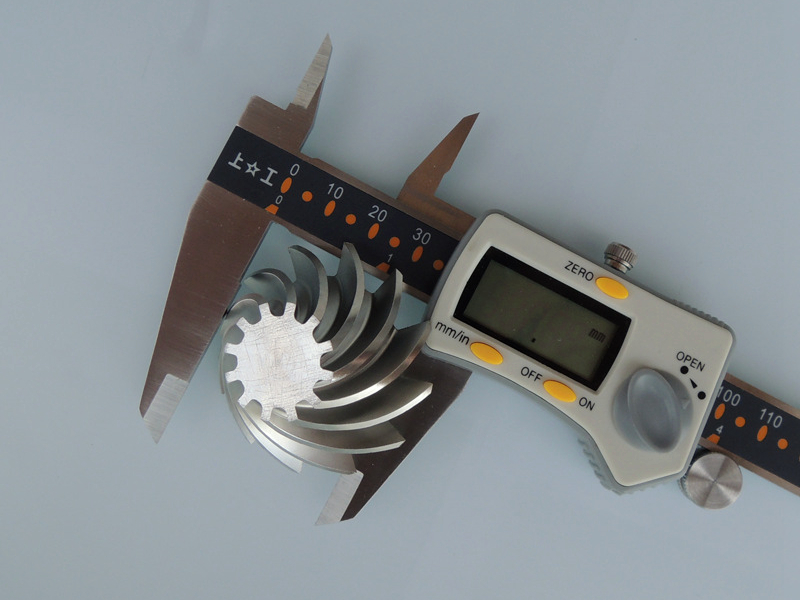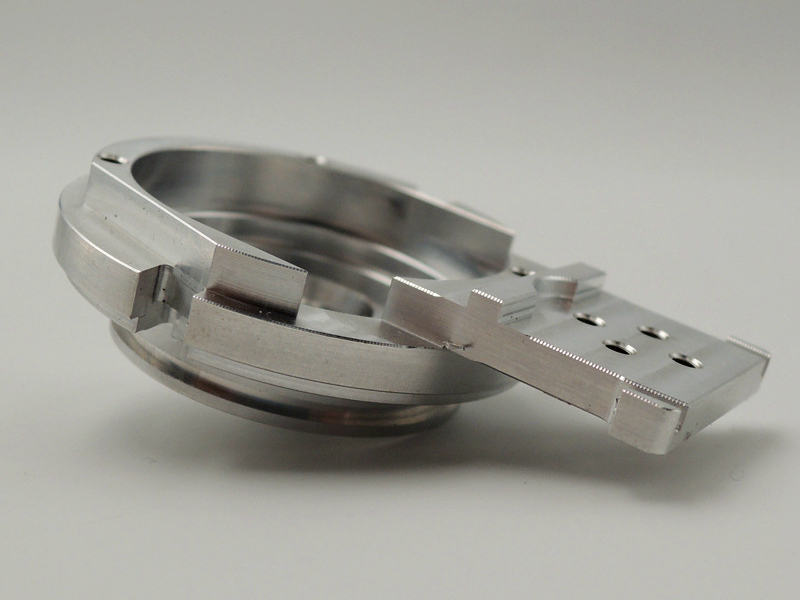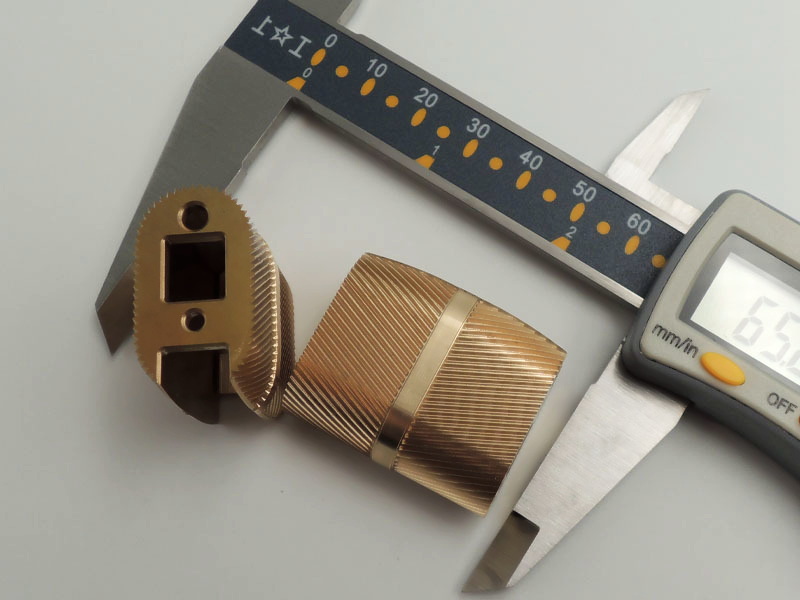What’s the typical price difference between 3-axis and 5-axis machining?
What’s the Typical Price Difference Between 3-Axis and 5-Axis Machining?
Cost Breakdown: 3-Axis vs. 5-Axis Machining
The price difference between 3-axis and 5-axis CNC machining stems primarily from machine capability, complexity of setup, and operator expertise. On average, 5-axis machining costs 1.5 to 3 times more per hour than 3-axis machining. While a standard 3-axis machine may cost $40–$70/hour, a 5-axis setup typically ranges from $100–$200/hour, depending on part complexity, material, and precision requirements.
Why 5-Axis Machining Is More Expensive
Equipment and Maintenance: 5-axis machines are significantly more advanced, with rotary axes and simultaneous motion control, resulting in higher capital and upkeep costs.
Programming and Setup Time: CAM programming for 5-axis involves more complex tool paths and collision avoidance strategies, requiring longer setup and expert-level programming skills.
Tooling and Fixtures: Many 5-axis jobs demand specialized tools and fixtures for multi-directional machining, adding to the total cost.
Precision Requirements: 5-axis machining is often used for high-precision, multi-surface components like those in aerospace, medical, and automotive applications—industries where tight tolerances and reduced part handling are critical.
When 5-Axis Machining Is More Cost-Efficient
Despite higher hourly rates, 5-axis machining can reduce overall costs by eliminating multiple setups, minimizing repositioning errors, and shortening lead times. For complex parts requiring multiple angles or deep cavities, 5-axis machining improves both throughput and accuracy—resulting in lower per-unit costs over high-precision production runs.
Neway’s Multi-Axis Machining Capabilities
At Neway, we provide both 3-axis and 5-axis machining services tailored to your part’s geometry and functional requirements. Our engineers assess cost-performance trade-offs and recommend the most suitable solution to balance budget, lead time, and part quality. We support industries requiring precision manufacturing with ±0.01mm tolerance control and global delivery.
Explore our advanced machining capabilities:



